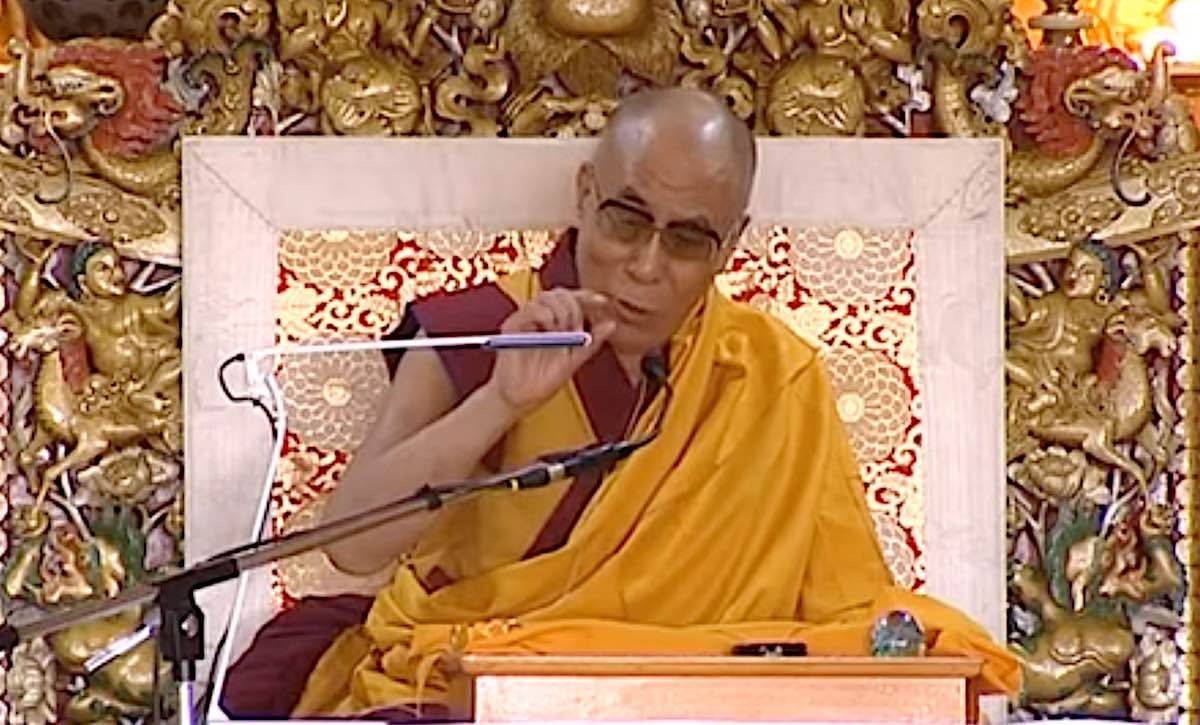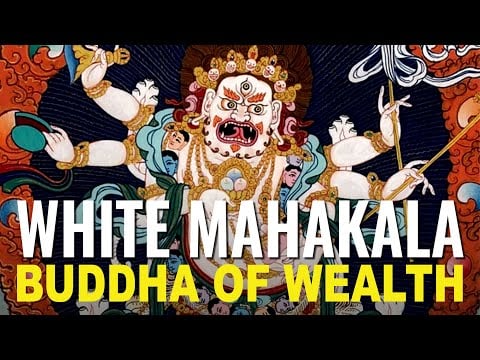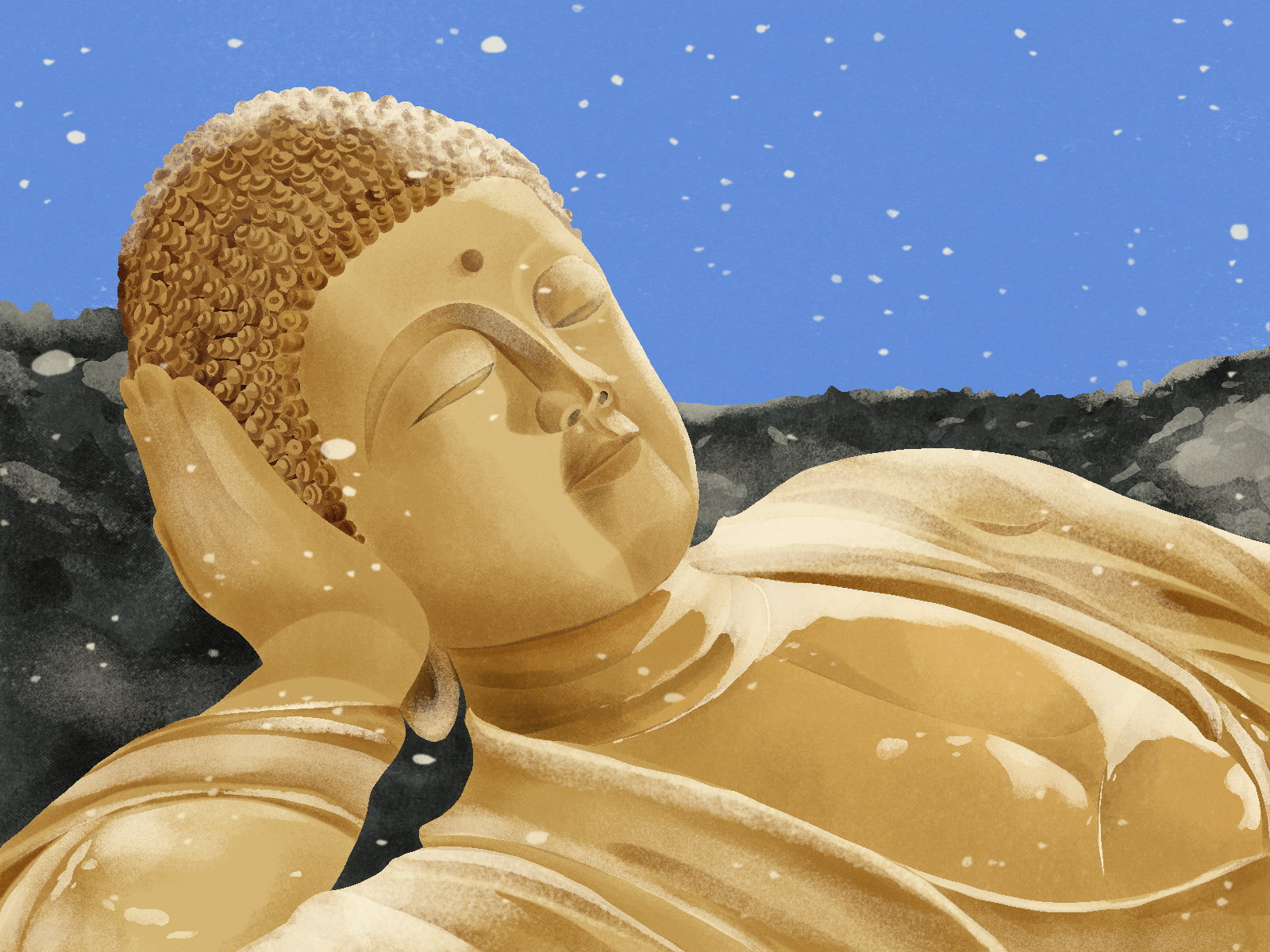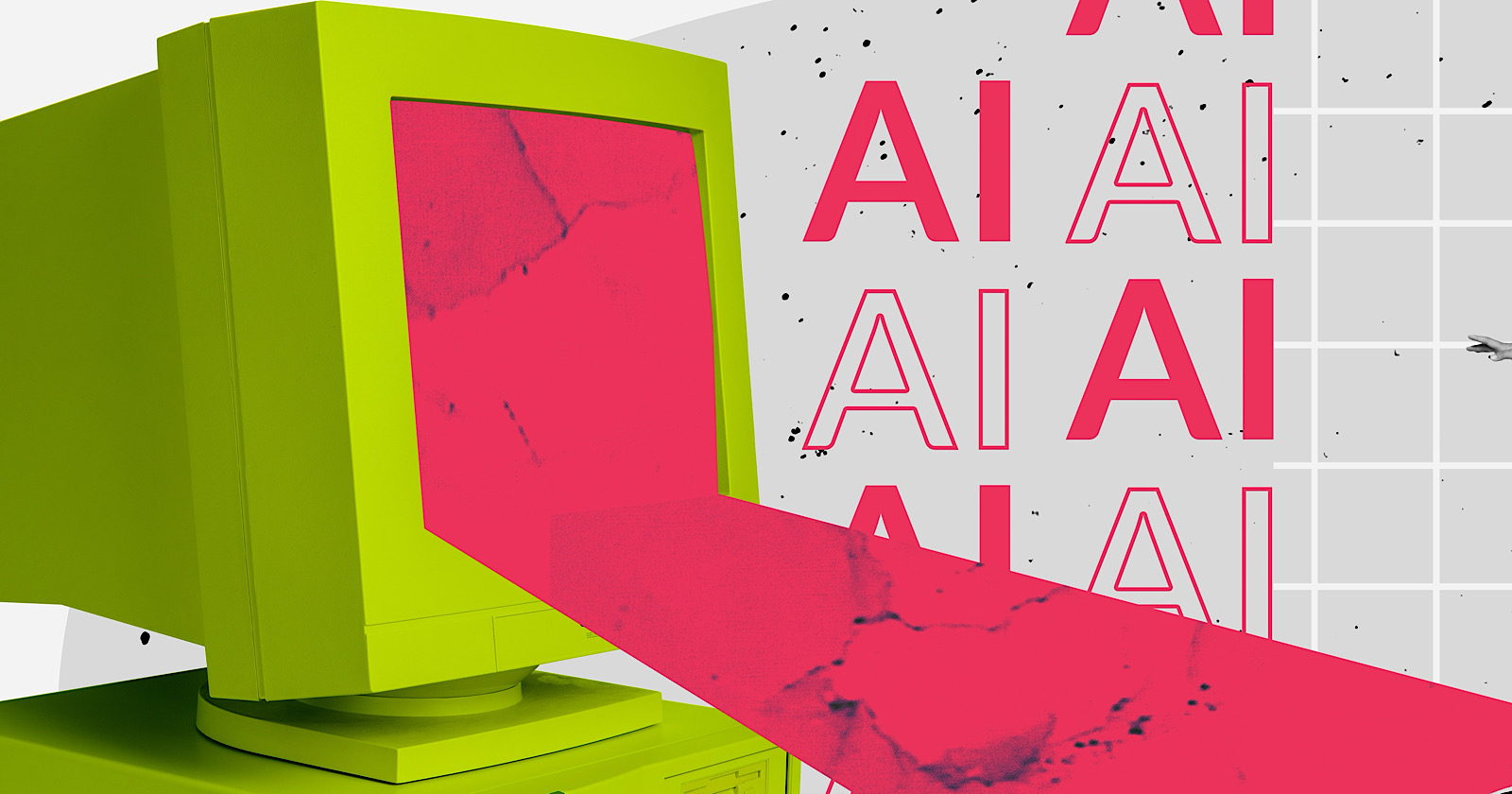Treasures of Bardo Thodol – The Book of Liberation Through Understanding the Between — incorrectly translated Tibetan Book of the Dead
Bardo Thodol is a spiritual treasure from the Enlightened Mind of the Second Buddha Padmasambhava — that is, if you can get past the misleading early translation as Tibetan Book of the Dead. It might be better translated as...

 The peaceful deities of the Bardo Thodrol Book of LIberation Through Understanding the Between.
The peaceful deities of the Bardo Thodrol Book of LIberation Through Understanding the Between.Bardo Thodol is a spiritual treasure from the Enlightened Mind of the Second Buddha Padmasambhava — that is, if you can get past the misleading early translation as Tibetan Book of the Dead.
It might be better translated as The Book of Natural Liberation Through Understanding in the Between, as translated by notable teacher Robert Thurman. The important distinction is the translation of “Bardo” as the “Between” — a vital concept in Buddhism, as important as understanding Samsara, rebirth and the Bodhichitta intention to become Enlightened to benefit all sentient beings.
Another translation of the longer title is Great Liberation through Hearing: The Supplication Pointing Out the Bardo of Existence. Tibetan Book of the Dead is more of a Westernized nickname than a serious title, conceptualized by an early translator Walter Evans-Wentz.
The Origins of The Bardo Thodol: A Spiritual Treasure from Ancient Tibet
Whatever you call the great teaching text, the question is: “Why study what happens “Between” one life and the other?” Liberation, whether in this life, or “in between” — which is the Bardo — is the same process of wisdom. To liberate ourselves from suffering, in this life, or in the Bardo, we try to sever our attachments, habits, clinging, and poisonous emotions such as anger.
 Visualized in the Bardo Thodrol are the 58 Wrathful Deities, depicted in this Thanka. These represent aspects of ourselves we have to come to terms with to be Liberated from our attachments and clinging to Samsara. The Bardo Thodrol is translated as Book of LIberation Through Understanding the Between, or by it’s older “nickname” Tibetan Book of the Dead.
Visualized in the Bardo Thodrol are the 58 Wrathful Deities, depicted in this Thanka. These represent aspects of ourselves we have to come to terms with to be Liberated from our attachments and clinging to Samsara. The Bardo Thodrol is translated as Book of LIberation Through Understanding the Between, or by it’s older “nickname” Tibetan Book of the Dead.
In The Book of Liberation Through Understanding the Between, the glorious Lotus Born elaborates on a process of purification of negative karma baggage we all carry from our actions in the past. This is, ultimately, a path to liberation. We can, and should apply the metaphorical concepts in our current life. And, of course, he teaches us what to expect as we transition “in-between” lives.
Taught in the 8th century by the respected Guru Rinpoche Padmasambhava, The Book of Liberation Through Understanding the Between, is not merely a guide for the deceased but equally, a manual for serious spiritual practice in this lfe. The book, known as Bardo Thodol, treats death as a transformative process – a premise that the modern spiritual seeker can apply in everyday Buddhist practice.1
The Bardo Thodol is a profound guide for spiritual transformation and realization.
– Dalai Lama
 His Holiness the Dalai Lama teaching on the Heart Sutra.
His Holiness the Dalai Lama teaching on the Heart Sutra.
Reality of death spurs virtue
How is it possible that a book on the “between lives” can be applicable to our modern, daily lives? As His Holiness the Dalai Lama pointed out in the foreward to Robert Thurman’s superb translation of The Book of Liberation Through Understanding the Between:
“The reality of death has always been a major spur to virtuous and intelligent action.”
As we age, we realize the folly of our youthful activities, our wasted time, our selfishness, our anger, and we mellow, mature and start to think about others. As our grandparents and later our parents age, and pass away, we regret not having acted better, not having been more attentive and loving. As we come to grips with our mortality, we ripen our compassion, our altruism, our kindness. We tend blunt our anger, the saying of “grumpy old person” notwithstanding. We have also developed more wisdom with age. Aging, dying, and impermanence are great teachers if we take a mature view.
 The wrathful deities of the Bardo Thodrol. These are visualized to represent the various poisons we must overcome with wisdom in order to achieve liberation.
The wrathful deities of the Bardo Thodrol. These are visualized to represent the various poisons we must overcome with wisdom in order to achieve liberation.
These are some of the lessons we find in the Bardo Thodol. We are bound to impermanence. Yes, we may continue in future lives, but how those lives map out is very much in our control now. Even if we don’t believe in rebirth, the lessons of the Bardo Thodol also help us become kinder and more helpful in this life.
Highest Yoga Tantras mirror Bardo Thodol
To a great extent, the Unexelled Yoga Tantras, the Higher Yoga Tantras mirror the process described in the Bardo Thosgrol. In Highest Yoga Tantras, this is an “inner” rather than “in between” journey but the process is the same. These yogas, such as Guhyasamaja or Heruka Chakrasamvara, Vajrayogini, Hayagriva, Chittamani Tara, and so on, are inner body journeys.
Robert Thurman, in his introduction explained:
“Unexcelled Yoga Tantra is a highly technical approach to inner experiences, an ancient tradition of spiritual techniques every bit as sophisticated as modern material technologies. It uses special yogically induced states to explore the nature of self and mind, of death and life, and the between states. It describes death in great detail: its physiology, its psychology, its normal experience and its simulated experience… I have found it lucid and useful, not only for thinking about death, but also for thinking about life, health, and even breath. When I encountered death, thinking about my own or losing friends, this spiritual science gave me a framework within which I could understand the process.”
Robert Thurman speaking on the Art of Dying and Living: Bardo Thodrol:
Benefiting from the teachings in the Bardo thosgrol starts with a better translation of the title: “Bardo simply means between state.” There is no Tibetan phrase that translates as Book of the Dead. Bardo means “between” and Thos Grol (usually transcribed Thodol) means the “wisdom that liberates.”
The Bardo Realms: Navigating the Intermediate States of Consciousness
The rcan be likened to a spiritual GPS, a roadmap to navigating the uncharted territories of our consciousness. The Bardo Realms can also be seen as metaphorical of the journey through our samsaric life as well.
 Zhi Khro Bardo Thodol
Zhi Khro Bardo Thodol
This remarkable text guides us through the Bardo Realms, the intermediate states of consciousness that lie between birth, death, and rebirth. It encourages us to confront, understand, and transform our fears and desires, helping us break free from the cycle of Samsara, the endless cycle of birth, death, and rebirth. Its profound teachings illuminate the path to liberation and offer valuable insights into the nature of the mortal condition and the journey of the soul.
In essence, the Bardo Thodol serves as a comprehensive spiritual guidebook, aiding us in discerning the nuances of existence and the complexities of our inner world. Although it describes a method for transformation in the Bardo in preparation for our next life, the same principles equally apply to living practice, now, in this very world. Each stage of the Bardo is also a metaphor for the stages of transformation in our own living practices.
Encountering Deities and Demons: Understanding the Symbolism in Bardol Thodol
The Tibetan Book of the Dead, or the ‘Bardo Thodol‘, guides one through the metaphorical labyrinth of the afterlife. Throughout this journey, one will encounter various deities and demons, and understanding their symbolism is crucial to unlocking the profundity of this spiritual manifesto.
According to Tibetan Buddhism, upon death, the consciousness enters into Bardo, the realm that lies between death and rebirth. It is in this state that one will encounter various deities. The Peaceful Deities are encountered first, and these emanations of Buddha-nature represent our innate potential for enlightenment. Each of these deities correlates with a particular Buddha and highlights different aspects of enlightened mind, like compassion, equanimity, and wisdom.
Buddhist teacher Chögyam Trungpa described these deities not as entities but as “the radiance of the wisdom of selflessness” in “The Tibetan Book of the Dead: The Great Liberation Through Hearing in the Bardo” (1).
After the Peaceful Deities, one meets the Wrathful Deities. These terrifying entities signify inner fears and negative emotions. They are actually transformed versions of the peaceful deities. Confronting these wrathful deities is a chance for personal growth, as one learns to confront and integrate these negative aspects of the self.
Another prominent figure in the Bardo Thodol is the Lord of Death, who is a symbol of our fear and denial of mortality. By acknowledging this figure, the text suggests, we can truly embrace the transitory nature of our existence, further leading toward ultimate liberation.
These encounters are not meant to be taken literally but to be interpreted symbolically. These figures represent aspects within ourselves, and understanding this can provide profound philosophical insight and spiritual development.
Robert Thurman Teaching on the Bardo Thodrol:
Meditation Practices in the Tibetan Book of the Dead
The Tibetan Book of the Dead prescribes precise meditation techniques for each stage of the Bardo, allowing the spiritual seeker to prepare for the trials and tribulations of the transitional periods. The instructions lay out detailed processes for observing one’s thoughts and emotions, fostering a calm and focused mind, and maintaining awareness and presence even in the face of death.
These practices are intended to facilitate a direct encounter with one’s own mind, emphasizing the importance of self-realization and inner transformation. They embody the Buddhist teachings of mindfulness, non-attachment, and compassion, engendering a deep sense of inner peace and equanimity.
The Origins of The Tibetan Book of the Dead: A Spiritual Treasure from Ancient Tibet
Heralding from the ancient spiritual traditions of Tibet, the “Bardo Thodol,” better known as “The Tibetan Book of the Dead,” is more than a mere historical relic; it’s a profound manual for the journey of life, death, and beyond. Its origins are clouded in the mists of the 8th century, attributed to the Indian master, Padmasambhava[1].
Enshrined in the text is a detailed guide on confronting death, traversing the intermediate bardo states—times of transition—and navigating rebirth in the asortment of cyclic existence or samsara. This esoteric narrative was envisioned during Padmasambhava’s spiritual practice, amalgamating wisdom gained during his meditative experiences[1]. It provided instructions for guiding practitioners through their own spiritual journeys.
 Preserved Text of the Bardo Thodrol.
Preserved Text of the Bardo Thodrol.
These teachings were initially transmitted to Padmasambhava’s close student, Lady Yeshe Tsogyal. Later, they remained concealed, gifted to the future generations as a ‘Terma,’ or spiritual treasure, by Yeshe Tsogyal herself[2]. The exclusive understanding and utilization of the book was traditionally reserved for advanced Buddhists.
However, it gained popularity in the West when Walter Evans-Wentz translated it in 1927, albeit with the somewhat sensational and inappropriate title of Tibetan Book of the Dead. This seminal event introduced a broader audience to the esoteric philosophical and psychological teachings in Tibetan Buddhism[3].
Serving practitioners as a spiritual guide, ‘Bardo Thodol’ continues to inspire and intrigue individuals seeking spiritual growth, enabling them to face the ultimate truth—the inevitability of death—with equanimity and courage.
 Bardo vision of the deities as a mandala.
Bardo vision of the deities as a mandala.
The Bardo Realms: Navigating the Intermediate States of Consciousness
Whether you view the Bardo Thodol as a helpful guide to the “in between” states or for a guide for modern, living practice as many of us do, it is helpful to understand the context of the Buddhist ideas about death, particularly Tibetan Buddhist.
Robert Thurman puts it this way:
“The Tibetan attitude toward death and the between is neither mystical nor mysterious. This guidebook for the journey through the between shows how the reality of death fits into the Tibetans’ world, vividly picturing the continuity between former, present and future lives. Tibetans considered it a matter of common sense and scientic fact that animate beings exist along a continuum of lives, and that death, between and rebirth processes follow a predictable pattern. They have credible accounts by Enlightened voyagers who have gone through the between experience, consciously preserved the memory, and reported their experiences. Tibetans also believe that most people can recover memories of their former lives by a fairly elementary regime of meditation.
A Quick Hitchhiker’s Guide to the Bardo Thodol
Some interesting nuggets of wisdom and psychology from the Bardo Thodol:
The Tibetan Book of the Dead, also known as Bardo Thodol, is a text from a larger corpus of teachings, the ‘Profound Dharma of Self-Liberation through the Intention of the Peaceful and Wrathful Ones’. The Bardo Thodol teaches that once awareness is freed from the body, it creates its own reality similar to that of a dream, which can be terrifying or blissful depending on the mental state of the deceased. The text emphasizes the opportunity for liberation, or enlightenment, from the cycle of death and rebirth during the Bardo state. The Bardo Thodol has been interpreted by various Western psychologists, including Carl Jung, who saw it as a psychological document providing an understanding of the unconscious mind. The text is a guide for the dead during the state that intervenes death and the next rebirth, known as the Bardo. The text also provides detailed descriptions of the visions that we might encounter, depending on our state of mind and karma, during the Bardo, and instructions on how to interpret them. The Tibetan Book of the Dead teaches that death is not an end but a transition into a new beginning, thus encouraging a transformation of consciousness and spiritual realization. The text is considered a manual for serious spiritual practice within the Tibetan Buddhist tradition, and is also studied and used by many people of different faiths who are interested in the teachings it contains about life, death, and rebirth.A Path to Liberation: The Tibetan Book of the Dead as a Guide to Spiritual Transformation
The Bardo Thodol describes three Bardos we will plass through, which correspond not only to bardo states between lives, but meditative states we can contemplate in life.
These are
The Bardo of the moment of death, or chikhai bardo, where we experience “clear light.” For those who practice Buddhist Yogas, you’ll recognize this as our meditation on “clear light” during our Sadhanas.
The chonyid bardo or “bardo of the experiencing of reality” which is where we experience reality as it really is. This is what we’ve been preparing for, in fact, in our generative yogas, when we imagine ourselves dissolving into Emptiness and become One with ultimate reality of the deity. In the Bardo Thodol, this bardo is described as meeting the various forms of the Buddhas, the peaceful and wrathful Buddhas. Likewise, in generation stage yogas in our daily practices, we imagine generating the peaceful and wrathful Buddhas.
The sidpa bardo or “bardo of rebirth” where our continuity continues if we have unresolved karms. In this Bardo we are karmically propelled by various hallucinations, due to our unresolved clinging and attachments, including our attachment to being alive. These imaginings result in new karmic rebirth, appropriate to our current state of mind and spiritual comprehension.
There are actually three other Bardos mentioned, including the Bardo of Life — which is our ordinary life and consiousness, as illusory as it might be. The other two are the Dyana Bardo, which means Meditation Bardo, and the Milam Bardo or Dream State.
These last three, are practices we engage in through our ordinary lives. For example, Milam Bardo Yogas are a popular practice for advanced Yogis.
 Carl Gustav Jung (1875-1961) Wiki Commons
Carl Gustav Jung (1875-1961) Wiki Commons
Carl Jung and the Tibetan Book of the Dead
As a pioneer of depth psychology, Carl Gustav Jung had a great interest in the eastern spiritual traditions, including Buddhism. Within his vast body of work, his engagement with the Tibetan Book of the Dead, or Bardo Thodol, holds a significant place. Jung understood the psychological dimensions of this sacred text and saw in its symbolism a mirror of the human psyche.
Jung’s interpretation centers around the concept he termed as the ‘Collective Unconscious,’ the reservoir of experiences shared by all humans. “The Tibetan Book of the Dead” with its rich symbolism and imagery, according to Jung, is a therapeutic tool that guides the individual through layers of their subconscious (Collective Works of C.G.Jung, 1960).
A central theme in Jung’s exploration of the Book of the Dead is the process of individuation, the journey toward self-realization. He viewed the text as an allegorical guide for this transformative journey. During this process, individuals confront and integrate the contents of their unconscious, symbolically represented in the text by various deities and wrathful aspects (Jung, 1939).
In the words of Jung, “The dangerous life-suppressing ghost of the unconscious is not an alien mind, but our own, though a despised side” (Jung, 1939). This encapsulates his understanding of The Tibetan Book of the Dead, where the fearsome figures encountered in the Bardo realms, are understood to represent parts of oneself.
For Jung, the liberation promised by the Book of the Dead ultimately signifies liberation from the grasp of the unconscious, a process requiring courageous confrontation with one’s deepest fears and suppressed aspects (Jung, 1959).
In essence, Jung’s engagement with The Tibetan Book of the Dead opens new avenues for understanding the deeply symbolic nature of this text and its profound psychological implications. Further exploration enables insights into the intersections of eastern spiritual wisdom and western psychology.
Bardo Thodol as a funerary practice
Yes, Bardo Thodol is still, today, recited as a guide for the deceased. The title Bardo Thodol can also be translated as Liberation Through Hearing During the Intermediate State. One part of the text is called Great Liberation through Hearing: The Supplication of the Bardo of Dharmata. The other part is called Great Liberation through Hearing: The Supplication Pointing Out the Bardo of Existence.
It is commonly believed that the consciousness of mindstream of the deceased remains connected to the deceased body due to its attachments and emotional clinging. By tradition, the Bardo Thodol is read each day for 49 days for the deceased, out loud. It is believed that the deceased may hear the guidance and words of Padmasambhava, easing them on the journey through the between or the Bardo. This is part of the meaning behind “Liberation Through Hearing.”
By reading and studying the Bardo Thodol prior to death, it can also help ease the transition and can also contribute to our understanding of Liberation. Comprehension of what we may see and imagine in between lives can help us attain what is called “Liberation through hearing.”
Today, some people record the recitation of the Bardo Thodol and play it for the deceased.
Confronting Fear and Embracing Impermanence: Lessons from The Tibetan Book of the Dead
Tibetan scholar Robert Thurman, in his translation of the book “The Tibetan Book of the Dead” (2), explains that the various wrathful and peaceful deities encountered are really just different manifestations of the individual’s own mind and represent the potential for enlightenment that lies within us all.
Harnessing the Wisdom of the Tibetan Book of the Dead
The Bardo Thodol serves as a beacon, illuminating the way through the fog of ignorance and fear. Its teachings encourage a radical shift in perspective, enticing us to encounter our insecurities and anxieties with courage and determination. It reminds us that death is not an end, but a transition; it is a doorway to new beginnings and opportunities.
The Tibetan Book of the Dead unravels the profound mysteries of existence, offering precious nuggets of wisdom at every turn. It is not merely a book to read; it is a path to tread, a journey to embark upon, towards the pinnacle of spiritual awakening.
References
Chögyam Trungpa (1992). The Tibetan Book of The Dead: The Great Liberation Through Hearing in the Bardo. Shambhala Publications. Robert Thurman (1994). The Tibetan Book of the Dead. Bantam Books. Carl Jung References: Jung, C.G. (1939). The integration of the personality. New York: Farrar & Rinehart. Jung, C.G. (1959). The Archetypes and the Collective Unconscious. New York: Pantheon Books. Collective Works of C.G.Jung (1960). Edited by Read, H., Fordham, M. and Adler, G. London: Routledge.Other Citations and Sources
[1] Powers, J. (1995). Introduction to Tibetan Buddhism. Ithaca: Snow Lion.
[2] Ricard, M. (2003). The Life of Shabkar: Autobiography of a Tibetan Yogin. Ithaca, NY: Snow Lion.
[3] Evans-Wentz, W. Y. (1927). The Tibetan Book of the Dead: Or, The After-Death Experiences on the Bardo Plane, according to Lama Kazi Dawa-Samdup’s English rendering. Oxford: Oxford University Press.

 Hollif
Hollif 






























.jpg&h=630&w=1200&q=100&v=a905e78df5&c=1)
